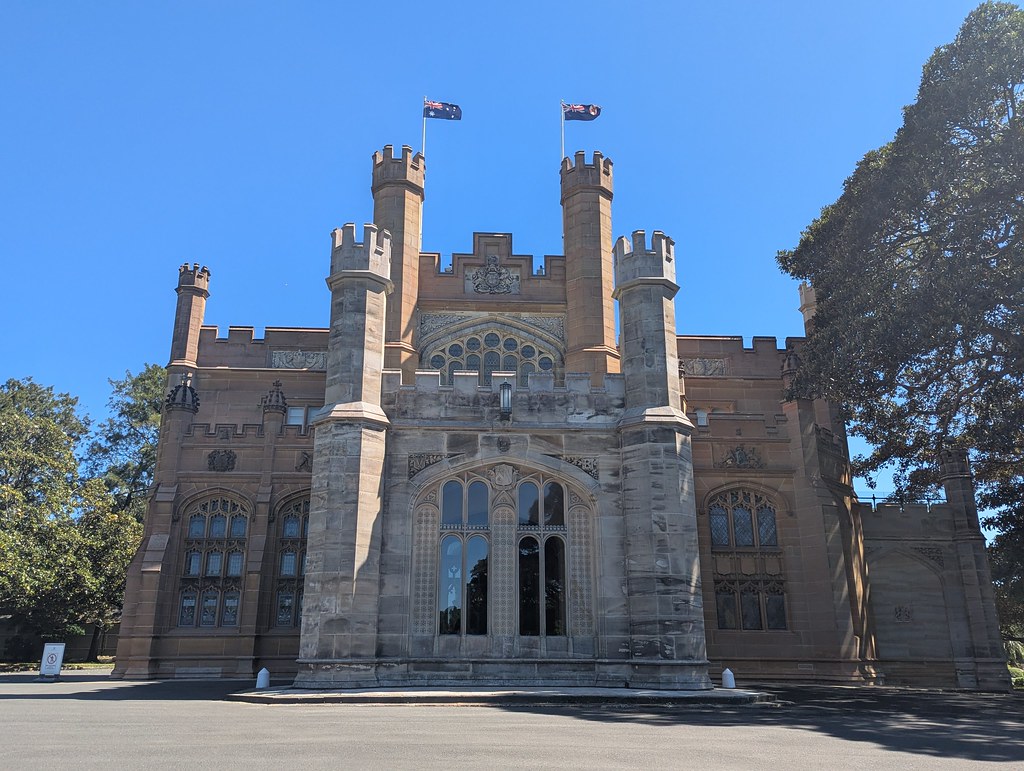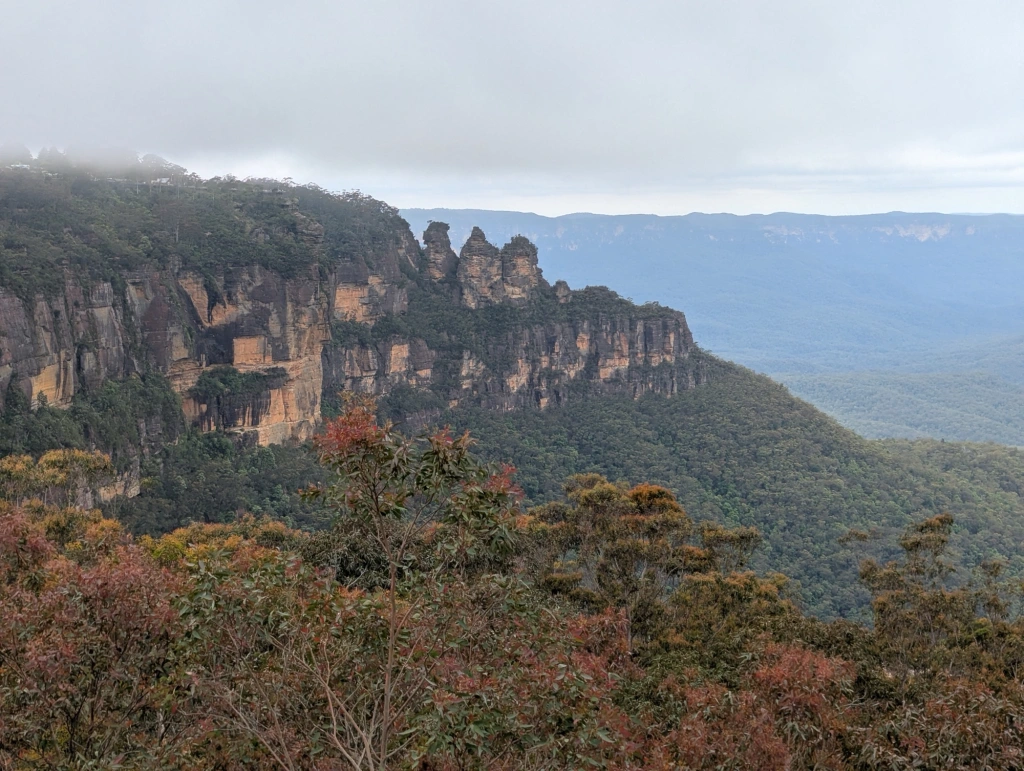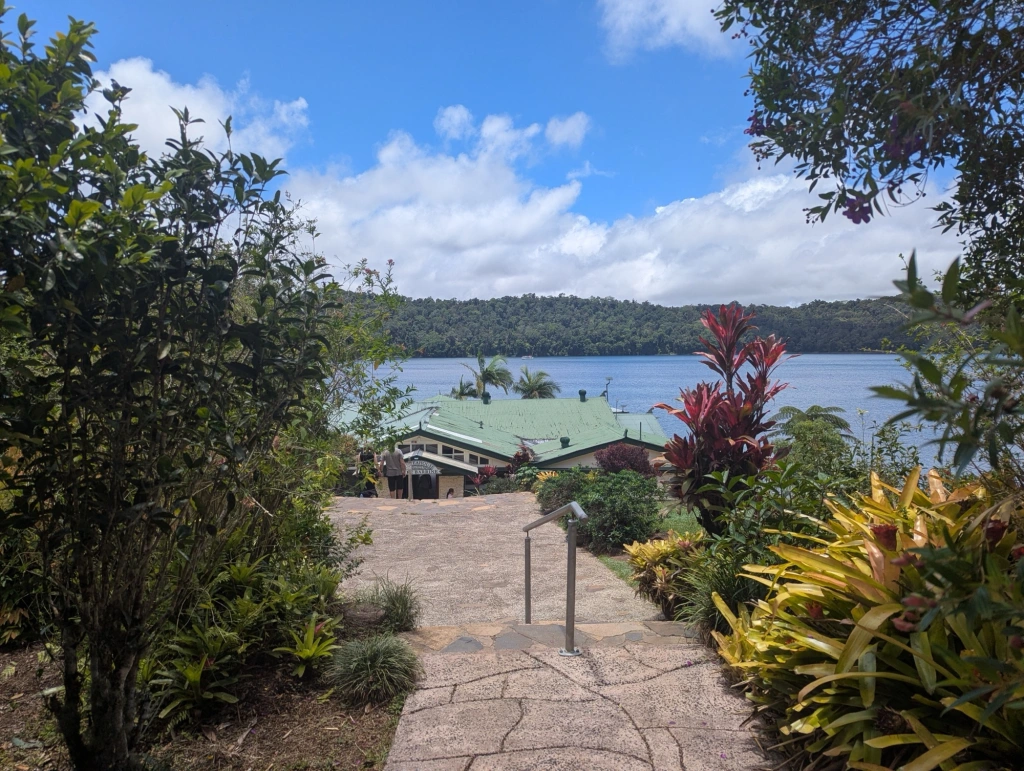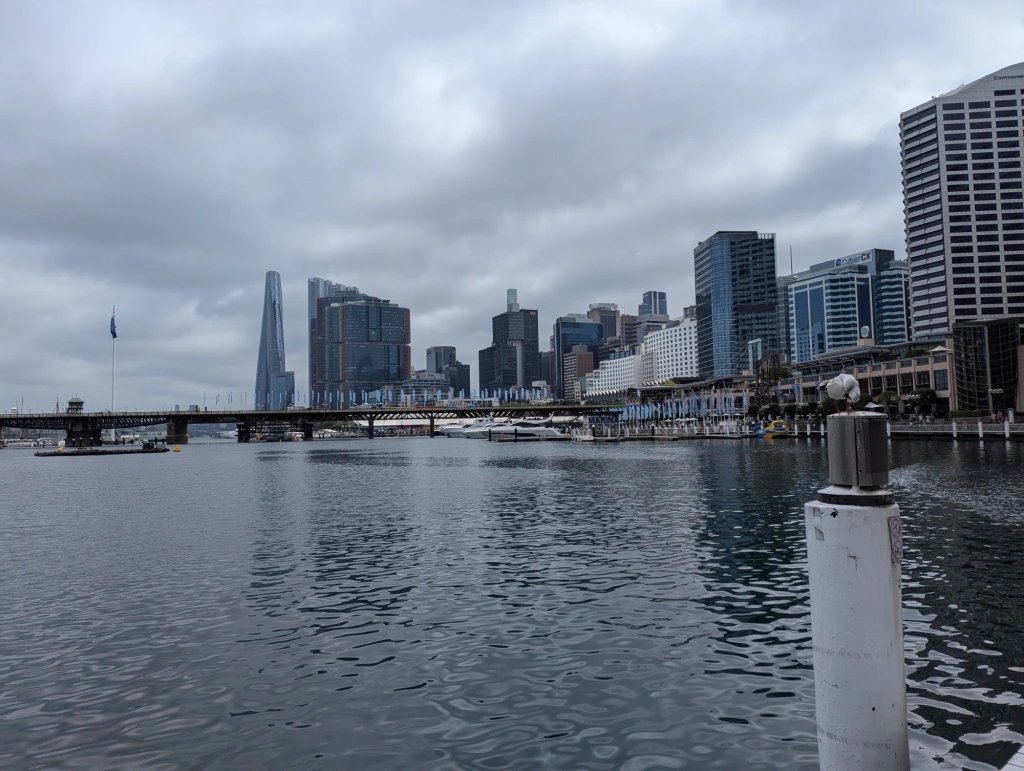New South Wales Government House, Sydney
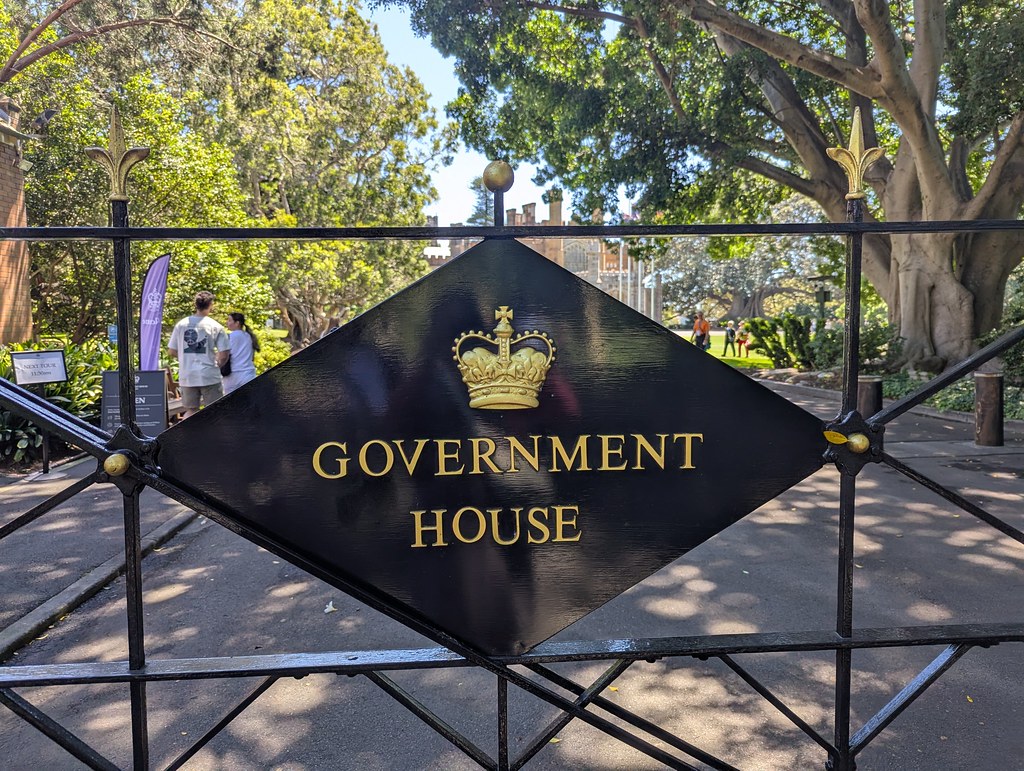
Government House, Sydney
Government House was built in 1845 and resembles a small castle and is the official home of the Governor of the State of New South Wales, Her Excellency the Honourable Margaret Beazley AC KC, 39th Governor of New South Wales and Mr Dennis Wilson. Her Excellency is the 28th Governor to occupy this Government House and has held the position since 2 May 2019. Government House is located in immaculate grounds on the edge of the Royal Botanic Garden, Sydney and can be visited by the public.
Getting there:
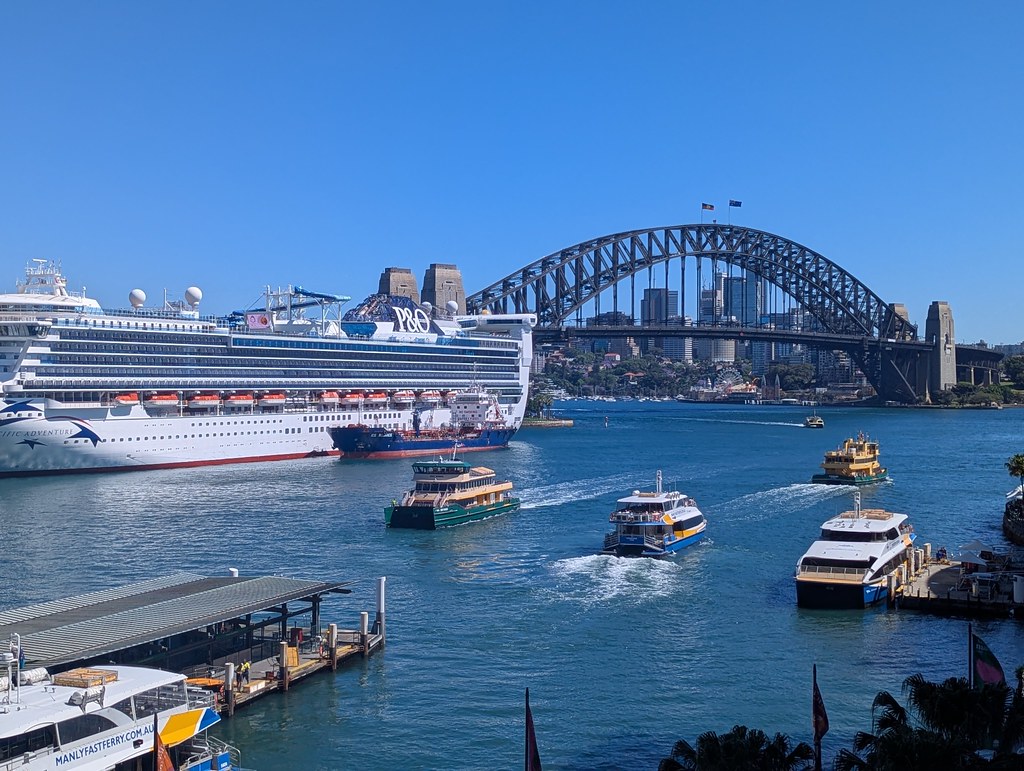
Stunning views of Circular Quay from the Cahill Expressway,
The quickest way to reach Government House from Circular Quay is by taking the lift up to the Cahill Expressway (located at East Circular Quay). From there, access to the Royal Botanic Gardens and Government House can be reached. Enter the gardens through the Northern Depot Gate and then turn right for 250 metres to reach the driveway leading to Government House.
Entrance tickets:
Free guided tours lasting 45 minutes take place each Friday, Saturday and Sunday with tickets offered on a first come first served basis from the Ticket Office next to the gatehouse. A maximum of 20 visitors can be accommodated on each tour and must present a passport or other valid ID to be entitled to access the building. Please note as this is a working building that no photography is permitted indoors. We arrived at around 10.00 a.m. on a Friday morning and had no difficulty booking on to the first tour of the day at 10.30 a.m.
The Tour:
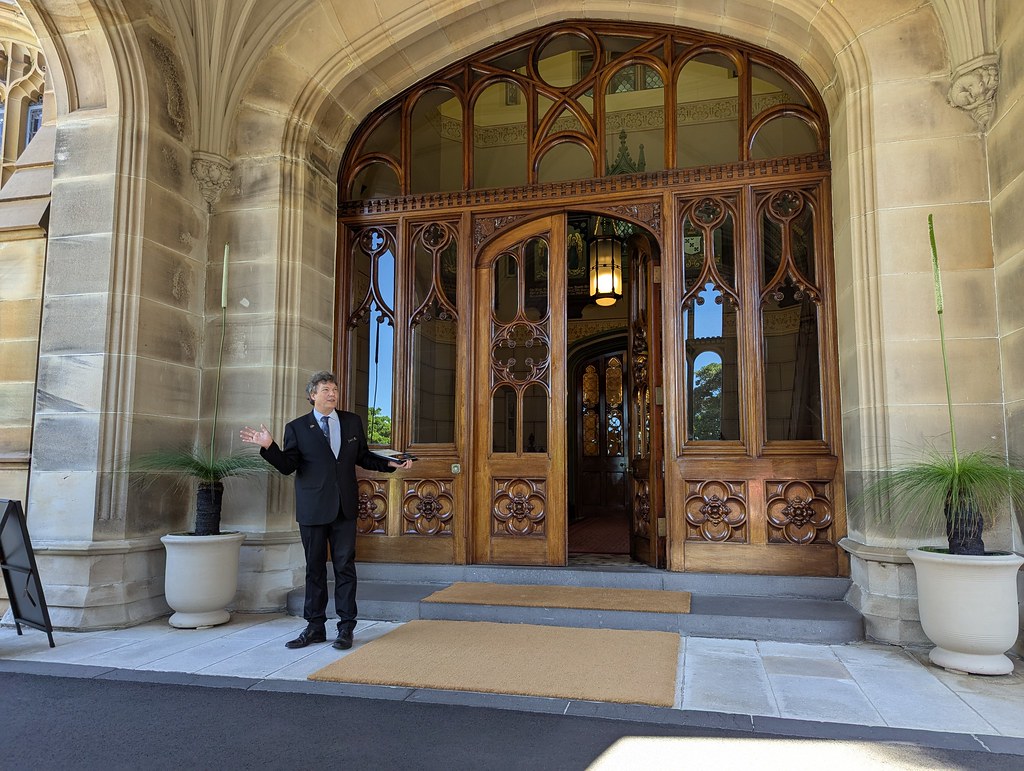
Being greeted with our tour guide Allan outside Government House
We were greeted by our tour guide Allan who led us through the main doors of Government House into the Main Hall which is adorned with paintings and coats of arms of previous Governors of New South Wales. As we progressed through the magnificent State Rooms which included the Drawing Room, Dining Room and Ballroom Allan pointed out that each room had its own theme featuring flowers and seasons.
The interior contains a significant collection of portraits, furniture, decorative arts and historic memorabilia and it was a treat to experience the opulence for ourselves. Whilst exploring the State Rooms our guide entertained us with some fascinating facts about the building which has been home to 28 Governors and Australia’s first five Governor-Generals between 1901 and 1914.
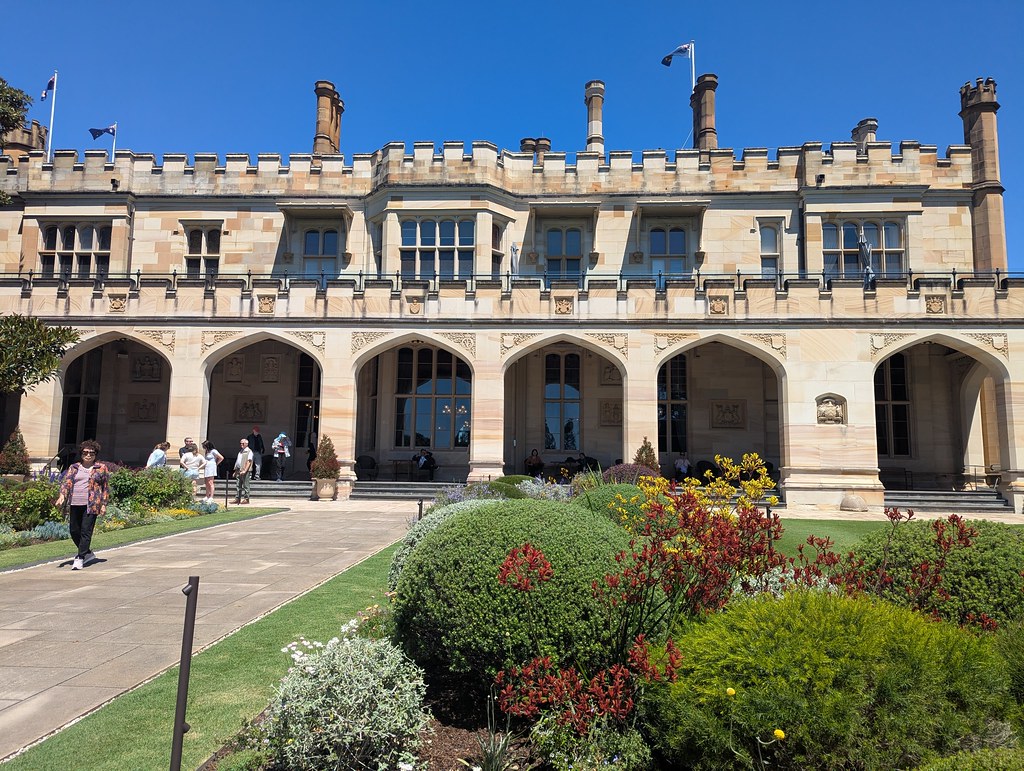
Government House, Sydney
We also learnt that the current Government House was designed by Edward Blore, architect to William IV and Queen Victoria who worked on both Buckingham Palace and Windsor Castle. The Gothic Revival style design was influenced by the Governor’s Stables, completed in 1821 (now the Conservatorium of Music located at the main entry gates to Government House).
Government House Gardens
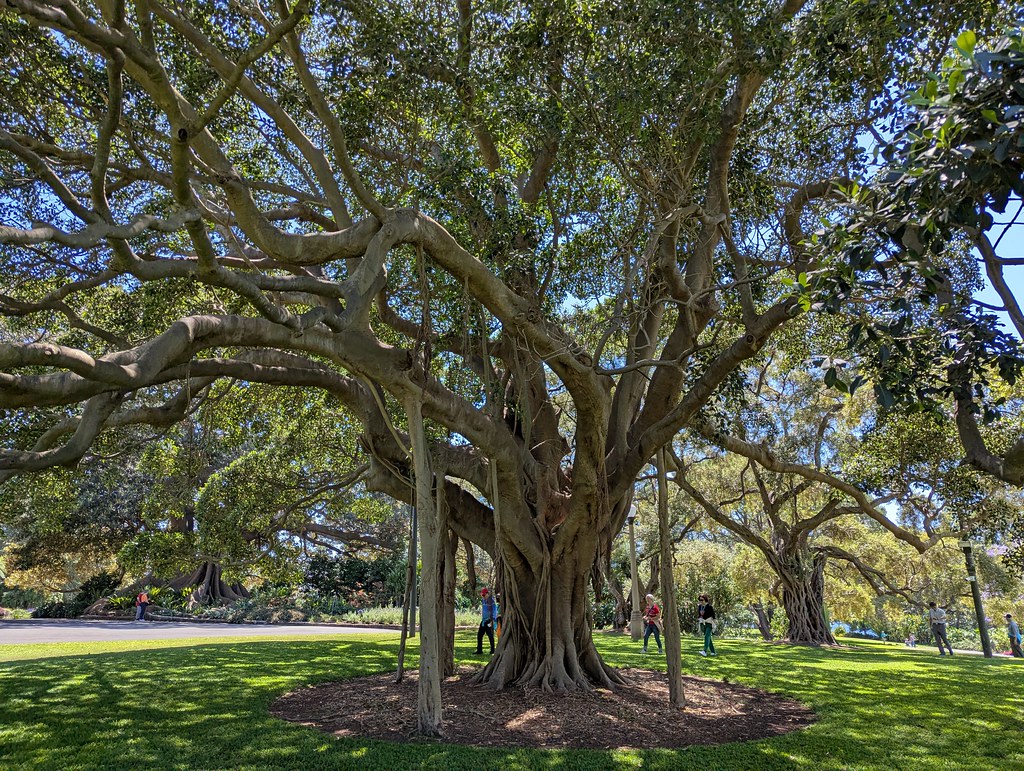
Moreton Bay Fig Tree, Government House, Sydney
The House is set in beautifully tended gardens overlooking the harbour and can be visited at weekends without a ticket. The centrepiece of the gardens is a giant Moreton Bay fig tree that was planted shortly after the house was built over 170 years ago.
Visiting Government House was an absolute delight and I’m so pleased we looked into the possibility of exploring this hidden gem, tucked away between Circular Quay and the Botanic Gardens. After enjoying our tour we walked back to Circular Quay to board a ferry across to Cockatoo Island.
Cockatoo Island
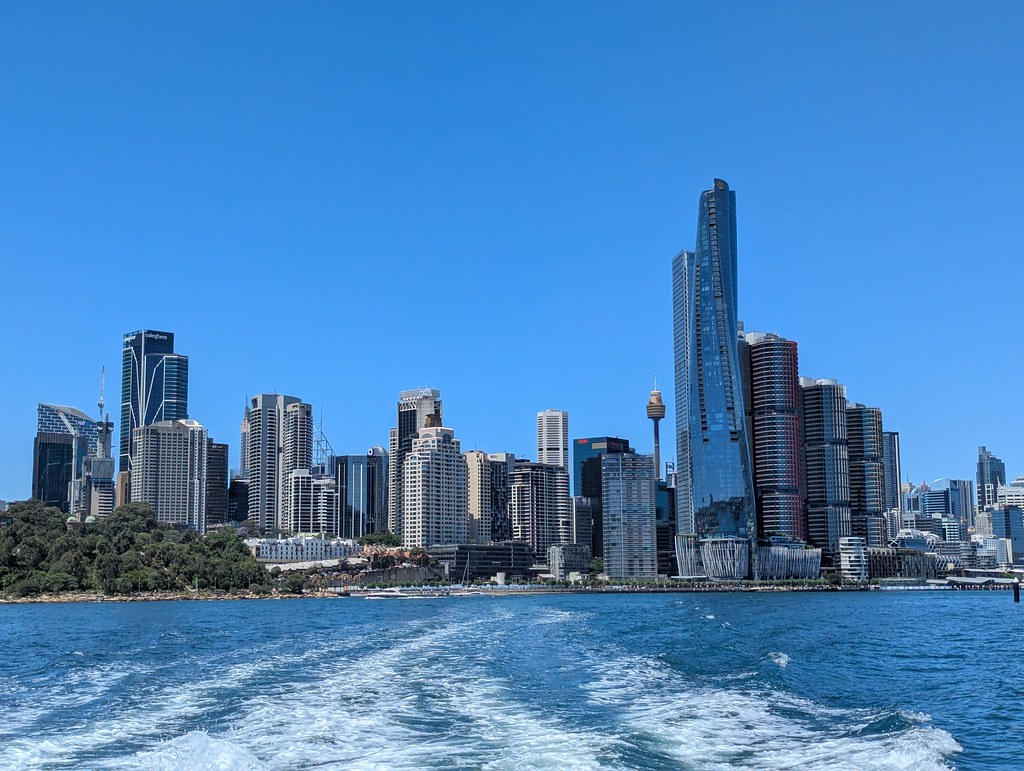
Views of Sydney harbour from the Cockatoo Island ferry
Cockatoo Island is a former convict penal establishment and naval shipyard located in the heart of Sydney Harbour. This historic island was home to one of the largest surviving convict sites in Australia between 1839-1869 is free to visit, taking about 20 minutes by ferry from Circular Quay.
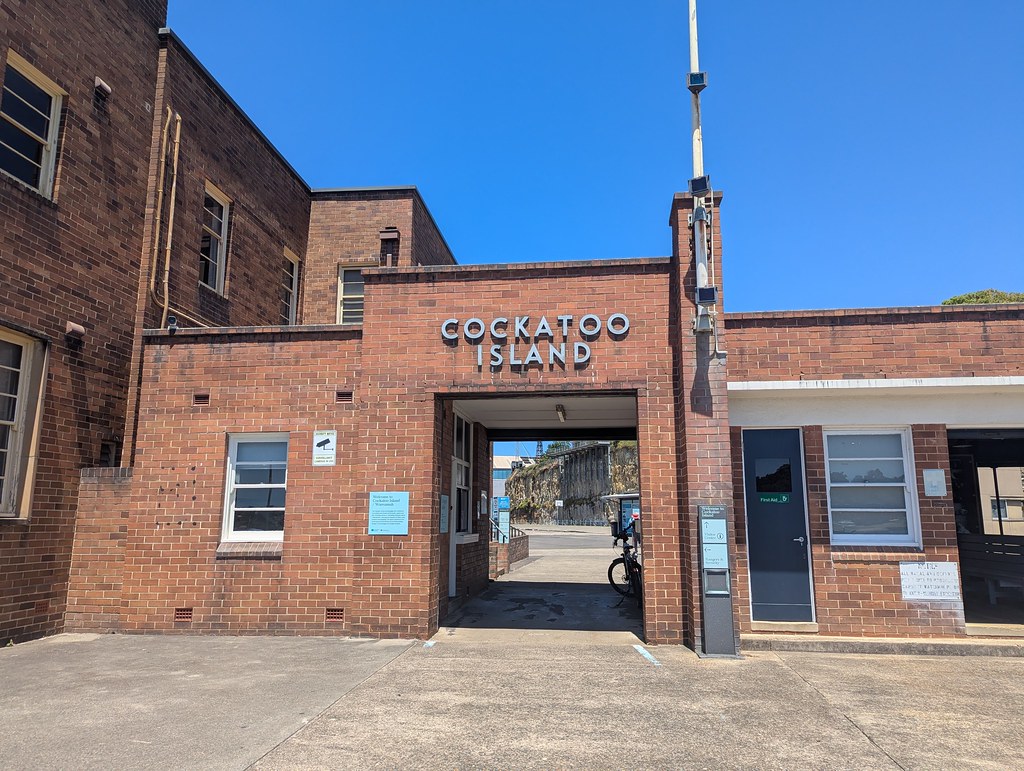
Entrance to Cockatoo Island, Sydney Harbour
The Visitor Centre is open from 10.00-4.00 p.m. daily so we popped in there first to pick up a map and chatted to one of the volunteer guides who suggested a route for us to take around the island.
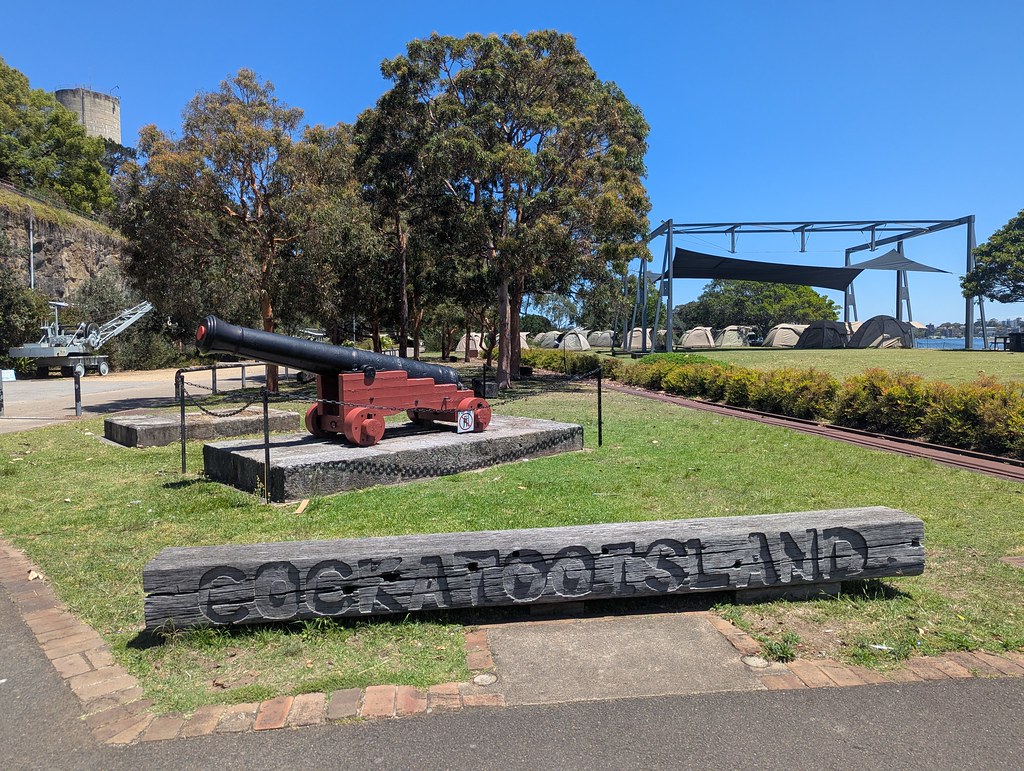
Cockatoo Island
We explored the colonial era buildings and barracks, wandered through the eerie tunnels and inspected the sandstone silos which are some of the largest surviving groups of convict-built structures in Australia. When Cockatoo Island was granted UNESCO World Heritage status in July 2010, the island was the first heritage listed site of its kind in the entire world. The island takes its name from the population of sulphur crested cockatoos that call it home.
From the mid 19th century onwards, Cockatoo Island’s primary use was shipbuilding and repairs. In 1857, it became Australia’s first major shipbuilding and dockyard facility, playing a major role in the Australian war effort throughout both world wars.
The shipyard closed in 1992, and since then has taken on other, less industrial roles under the caretaking of the Harbour Trust, but much of the infrastructure remains untouched for visitors to explore and reflect on its history.
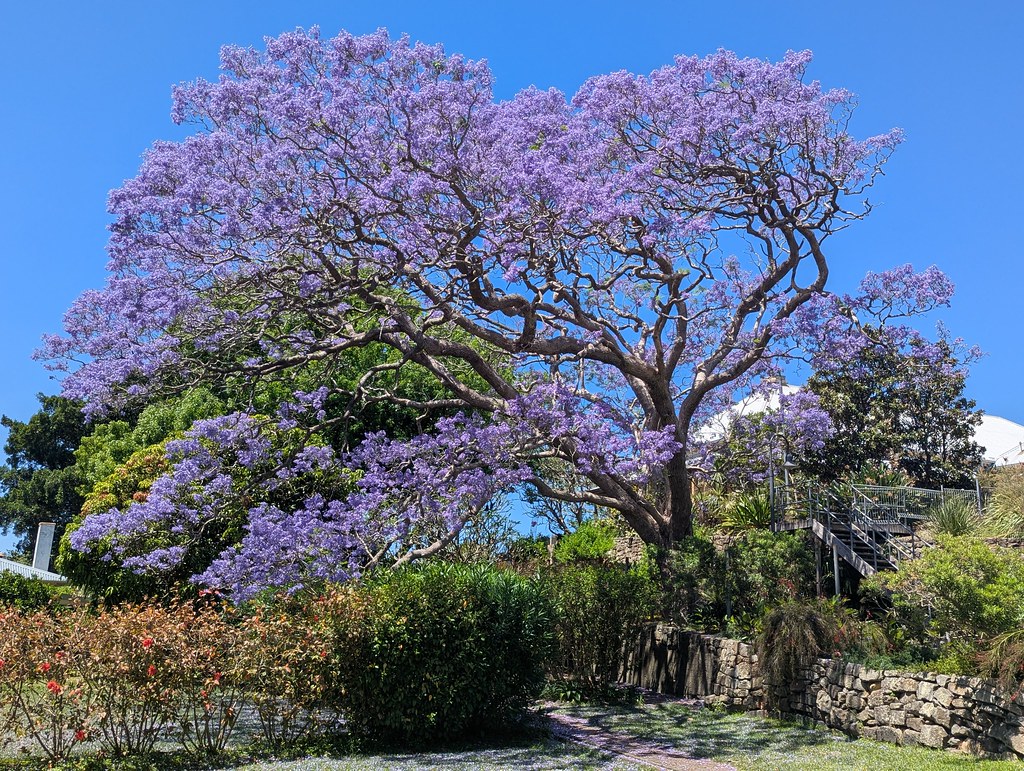
Flowering Jacaranda Tree on Cockatoo Island
Before leaving we enjoyed refreshing glasses of ginger beer sitting out on the terrace of one of the island’s cafes. I’d definitely recommend visiting Cockatoo Island if time allows and the ferry journey is an added bonus with its stunning harbour views.
Bondi Beach
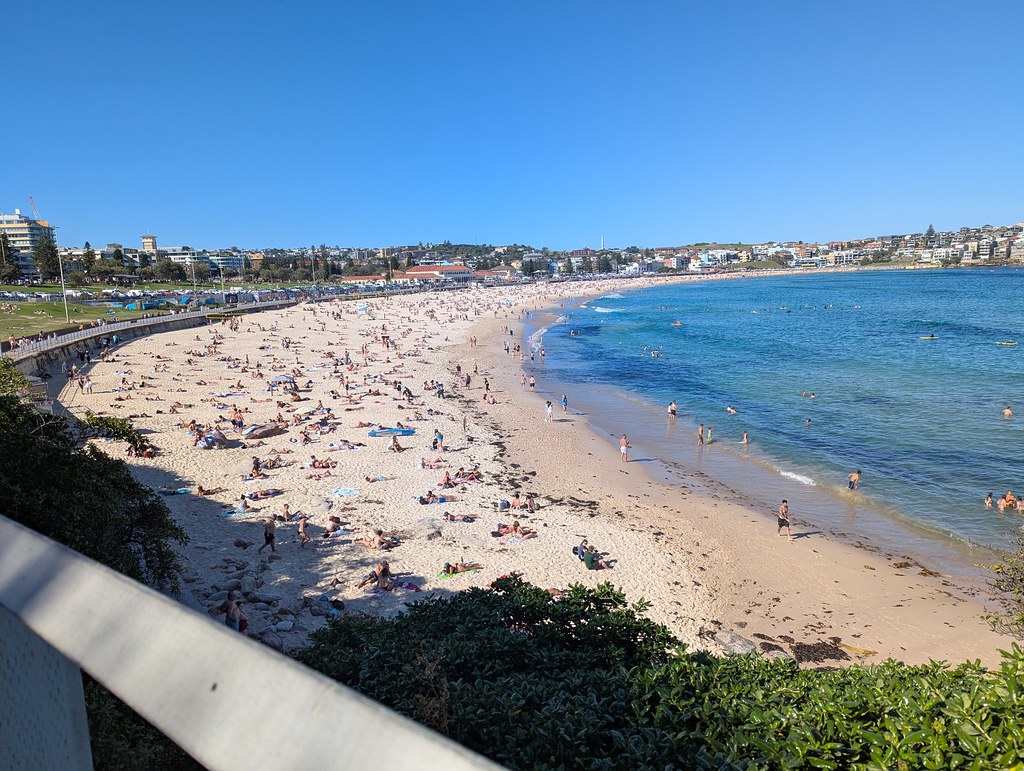
Later in the afternoon we decided to catch a bus to Bondi Beach as it is not possible to get there by ferry. The bus journey took approximately 45 minutes and as it was a Friday I think everyone had decided to spend time on the beach after work and school as the weather was very warm and sunny.
We’d wanted to visit Bondi Beach as it’s one of Australia’s most famous beaches, known for its vast sweeping bay, golden sands, surfing and vibrant atmosphere. We alighted from the bus at the far side of the bay and enjoyed strolling along the promenade taking in the scenic views and watching Sydneysiders at play.
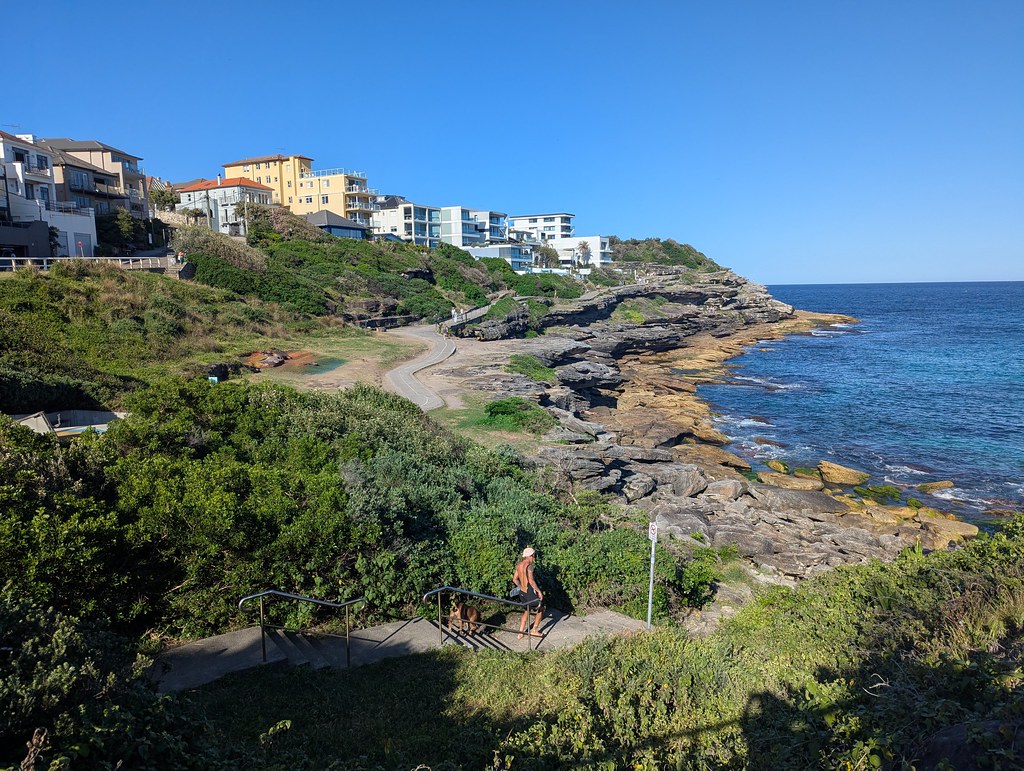
Bondi Coastal Walk, Sydney
We then followed the Bondi Coastal Walk that extends to Brontë. The picturesque pathway is carved into the sandstone cliffs providing uninterrupted dramatic ocean views.
There was quite a lot of steps to walk up and down around the headland and as we’d already had quite a busy day we decided to end our walk at the scenic Tamanama Beach from where we took a bus back to the city centre.

